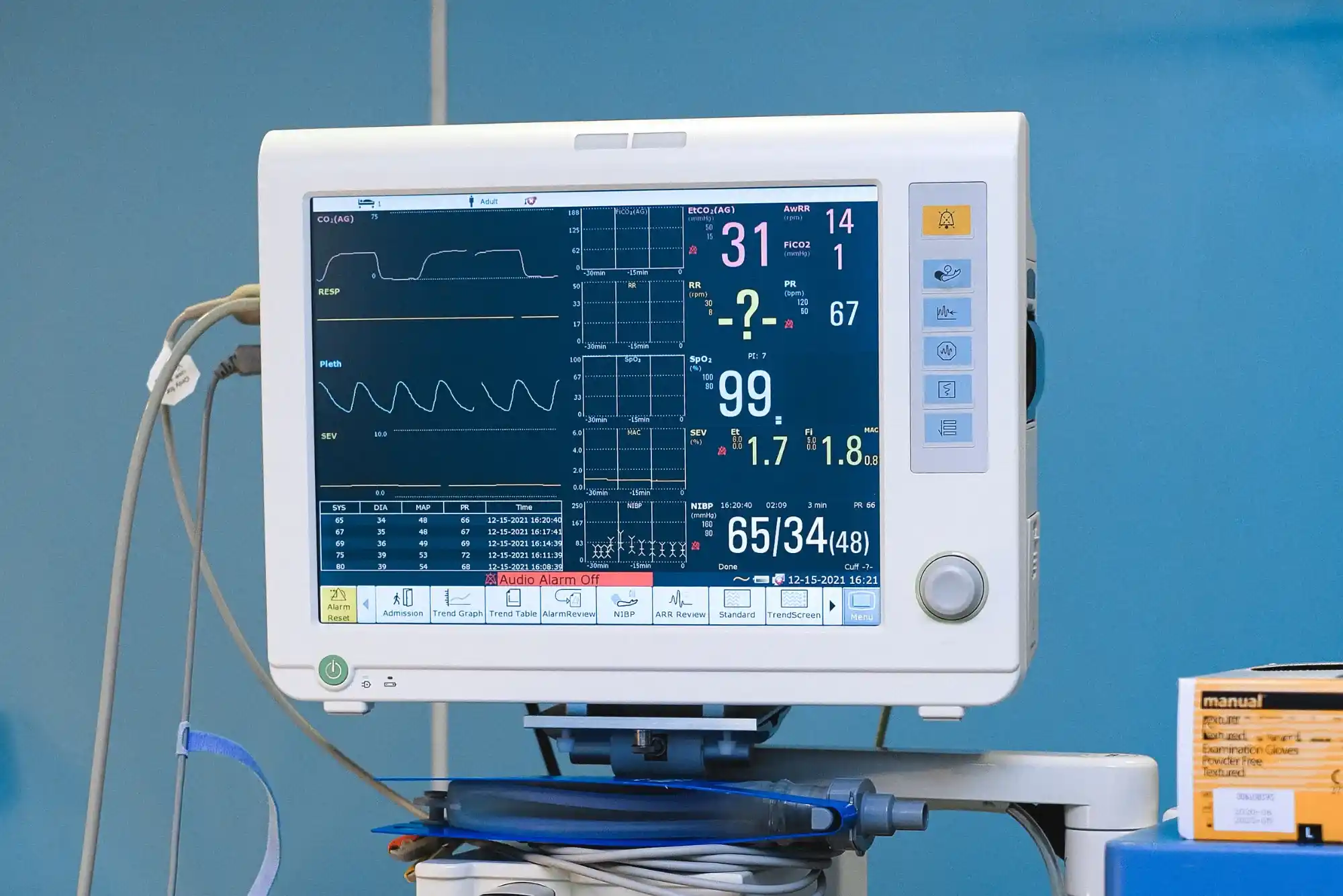Emergency care is a critical component of healthcare, focusing on the immediate treatment of patients with acute illnesses or injuries. Effective preparation and response are essential to ensure that patients receive timely and appropriate care during emergencies. This article explores the various aspects of emergency care, including preparation, response strategies, the roles of healthcare providers, and the importance of community awareness and preparedness.
Understanding Emergency Care
Definition of Emergency Care
Emergency care involves the treatment and stabilization of patients experiencing severe health issues that require immediate attention.
Key Aspects of Emergency Care
- Immediate Response: Rapid assessment and treatment of acute medical conditions.
- Stabilization: Stabilizing patients to prevent further deterioration.
- Triage: Prioritizing patients based on the severity of their conditions.
Types of Emergencies
Emergencies can be classified into various types, each requiring specific preparation and response strategies.
Common Types of Emergencies
- Medical Emergencies: Heart attacks, strokes, seizures, and allergic reactions.
- Trauma: Injuries from accidents, falls, or violence.
- Environmental Emergencies: Heatstroke, hypothermia, and exposure to toxic substances.
- Disasters: Natural disasters like earthquakes, floods, and man-made disasters such as explosions and fires.
Preparation for Emergency Care
Emergency Preparedness Planning
Effective emergency preparedness planning is essential for healthcare facilities to manage emergencies efficiently.
Components of Emergency Preparedness Planning
- Risk Assessment: Identifying potential risks and vulnerabilities specific to the facility and region.
- Resource Allocation: Ensuring adequate resources, including medical supplies, equipment, and personnel.
- Emergency Protocols: Developing clear protocols and procedures for different types of emergencies.
- Training and Drills: Conducting regular training and emergency drills for healthcare staff.
Equipment and Supplies
Having the necessary equipment and supplies readily available is crucial for effective emergency response.
Essential Equipment and Supplies
- Medical Equipment: Ventilators, defibrillators, and diagnostic tools.
- Medications: Stocking essential medications such as pain relievers, anticoagulants, and antibiotics.
- Personal Protective Equipment (PPE): Gloves, masks, gowns, and face shields.
- Emergency Kits: Pre-packed kits with essential supplies for quick access during emergencies.
Communication Systems
Reliable communication systems are vital for coordinating emergency response efforts.
Effective Communication Strategies
- Intercom Systems: For rapid communication within the facility.
- Two-Way Radios: For communication between emergency response teams.
- Emergency Hotlines: Dedicated lines for reporting emergencies and receiving assistance.
- Digital Platforms: Utilizing electronic health records (EHRs) and other digital platforms for information sharing.
Response Strategies in Emergency Care
Triage and Initial Assessment
Triage is the process of prioritizing patients based on the severity of their conditions to ensure that those who need immediate care receive it first.
Triage Process
- Initial Assessment: Quickly assessing vital signs, symptoms, and medical history.
- Categorization: Classifying patients into categories (e.g., critical, urgent, non-urgent) based on their condition.
- Resource Allocation: Allocating resources and personnel to manage the most critical cases first.
Stabilization and Treatment
Once triage is completed, the next step is to stabilize and treat patients to prevent further deterioration.
Stabilization Techniques
- Airway Management: Ensuring the patient’s airway is clear and providing oxygen or mechanical ventilation if needed.
- Hemodynamic Support: Administering fluids, medications, and blood products to stabilize blood pressure and circulation.
- Pain Management: Providing analgesics and other medications to manage pain and discomfort.
Advanced Life Support
Advanced life support (ALS) involves more complex medical interventions to stabilize and treat critically ill or injured patients.
ALS Interventions
- Cardiac Life Support: Using defibrillators and medications to manage cardiac emergencies.
- Advanced Airway Management: Inserting endotracheal tubes or performing cricothyroidotomy.
- Intravenous Therapy: Administering medications and fluids through IV lines.
Roles of Healthcare Providers in Emergency Care
Emergency Physicians
Emergency physicians are responsible for leading the medical response in emergency situations.
Responsibilities of Emergency Physicians
- Diagnosis and Treatment: Quickly diagnosing and initiating treatment for emergency conditions.
- Leadership: Leading the emergency response team and coordinating care.
- Decision-Making: Making critical decisions about patient care and resource allocation.
Emergency Nurses
Emergency nurses play a vital role in providing direct patient care and supporting emergency physicians.
Responsibilities of Emergency Nurses
- Triage and Assessment: Conducting initial assessments and triage.
- Patient Care: Administering medications, performing procedures, and monitoring patients.
- Support: Assisting emergency physicians and other healthcare providers during emergencies.
Paramedics and First Responders
Paramedics and first responders provide pre-hospital care and transport patients to healthcare facilities.
Responsibilities of Paramedics and First Responders
- Pre-Hospital Care: Providing initial treatment and stabilization at the scene of an emergency.
- Transport: Safely transporting patients to healthcare facilities.
- Communication: Communicating with emergency departments to provide patient information and coordinate care.
Importance of Community Awareness and Preparedness
Public Education
Educating the public about emergency preparedness and response is crucial for enhancing community resilience.
Public Education Initiatives
- CPR and First Aid Training: Offering training programs to teach basic life-saving skills.
- Emergency Preparedness Workshops: Conducting workshops to educate the community about preparing for emergencies.
- Awareness Campaigns: Using media and public events to raise awareness about emergency preparedness.
Community Emergency Response Teams (CERT)
Community Emergency Response Teams (CERT) are trained groups of volunteers who assist in emergency response efforts.
Roles of CERT
- Disaster Response: Assisting with search and rescue, first aid, and logistics during disasters.
- Community Support: Providing support and information to the community during emergencies.
- Training and Drills: Participating in training and emergency drills to maintain readiness.
Collaboration with Local Authorities
Collaboration between healthcare facilities, local authorities, and emergency services is essential for effective emergency response.
Collaborative Efforts
- Joint Training Exercises: Conducting joint training exercises with local authorities and emergency services.
- Information Sharing: Sharing information and resources to enhance coordination and response.
- Mutual Aid Agreements: Establishing agreements for mutual support and resource sharing during emergencies.
Case Studies and Examples
Case Study: Natural Disaster Response
A hospital’s response to a major natural disaster, such as a hurricane or earthquake, highlights the importance of preparedness and coordination.
Key Actions
- Pre-Disaster Planning: Developing detailed disaster response plans and conducting regular drills.
- Resource Mobilization: Rapidly mobilizing resources and personnel to manage the influx of patients.
- Community Support: Providing support and resources to the affected community.
Example: Mass Casualty Incident (MCI)
The response to a mass casualty incident, such as a large-scale accident or terrorist attack, demonstrates the effectiveness of triage and coordinated care.
Key Actions
- Triage and Prioritization: Quickly assessing and prioritizing patients based on the severity of their injuries.
- Stabilization and Treatment: Providing immediate stabilization and treatment to critical patients.
- Coordination: Collaborating with local authorities and emergency services to manage the incident.
Future Trends in Emergency Care
Technological Advancements
Technological advancements are transforming emergency care, enhancing the speed and accuracy of diagnosis and treatment.
Emerging Technologies
- Telemedicine: Enabling remote consultations and triage, especially in rural or underserved areas.
- Portable Diagnostic Devices: Using portable ultrasound, ECG, and other diagnostic devices for on-the-spot assessments.
- AI and Machine Learning: Leveraging AI to predict patient outcomes and optimize emergency response strategies.
Training and Simulation
Advances in training and simulation are improving the preparedness and skills of emergency care providers.
Innovative Training Methods
- Simulation Training: Using high-fidelity simulations to replicate emergency scenarios and train healthcare providers.
- Virtual Reality (VR): Employing VR technology for immersive and realistic training experiences.
- Continuing Education: Offering ongoing education and certification programs to maintain and enhance skills.
Integrated Emergency Response Systems
Integrated emergency response systems improve coordination and communication among different agencies and services.
Integrated Systems
- Unified Command Centers: Centralized command centers for coordinating emergency response efforts.
- Interoperable Communication: Ensuring seamless communication between healthcare facilities, emergency services, and local authorities.
- Real-Time Data Sharing: Utilizing real-time data sharing platforms to enhance situational awareness and decision-making.
Conclusion
Effective preparation and response in emergency care are essential for saving lives and improving patient outcomes. By implementing comprehensive emergency preparedness plans, ensuring adequate resources and training, and leveraging technology, healthcare facilities can enhance their emergency response capabilities. Collaboration with local authorities, public education, and community involvement are also crucial for creating a resilient and prepared community. As technology and training methods continue to evolve, the future of emergency care promises even greater efficiency and effectiveness in managing critical situations.




